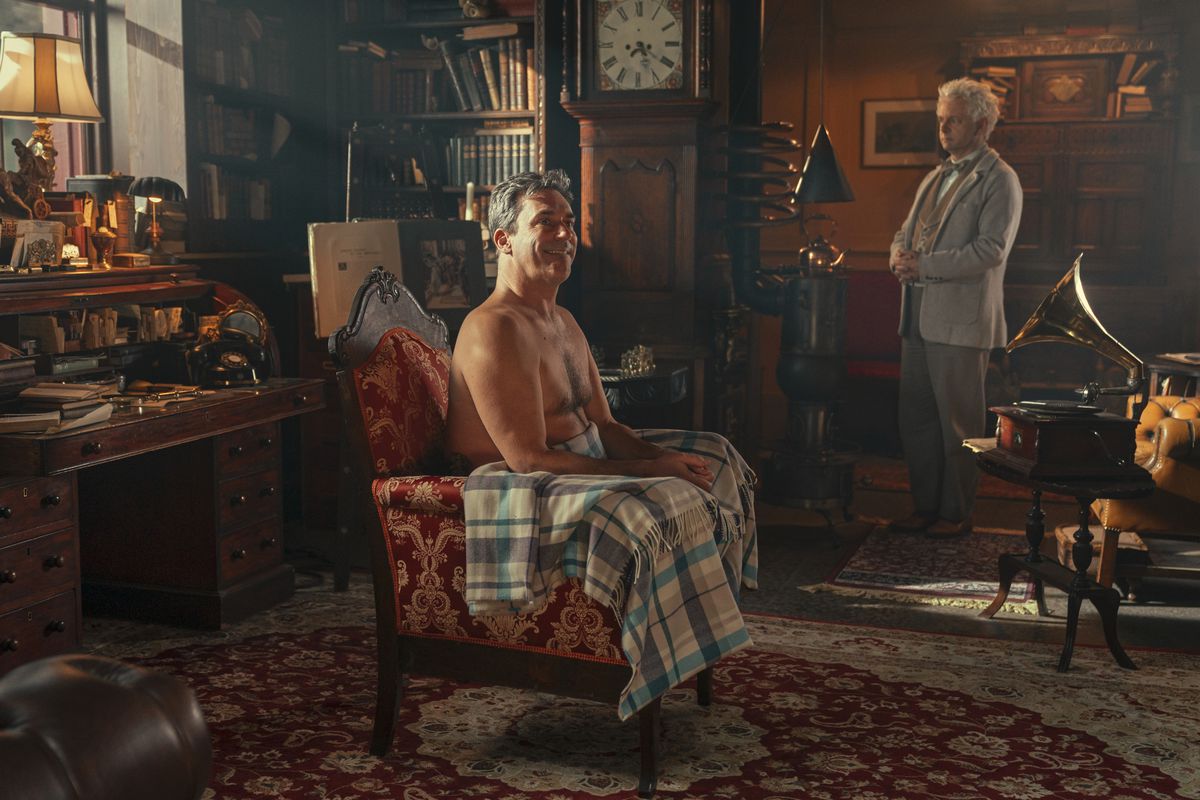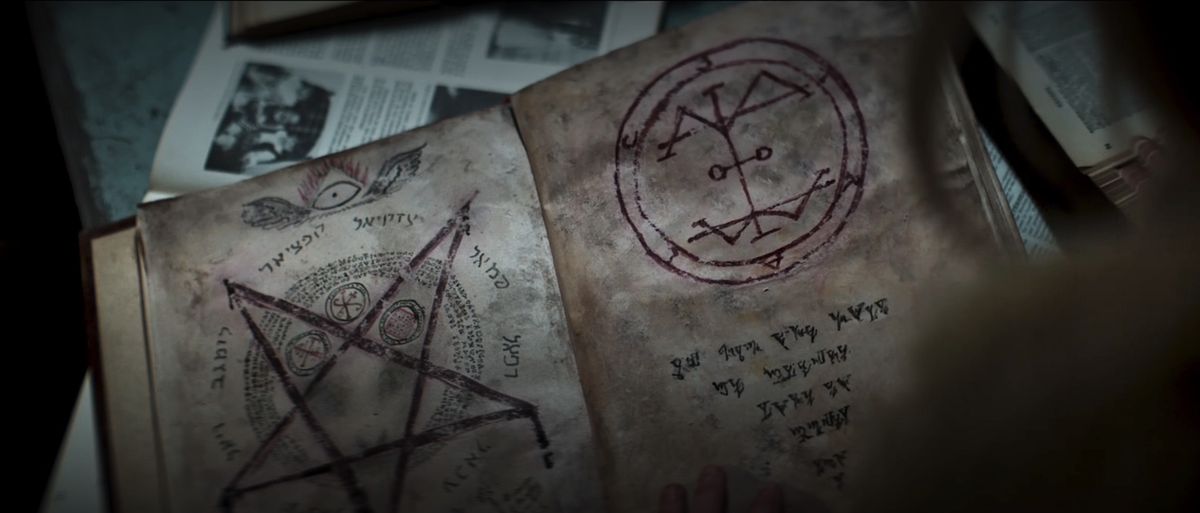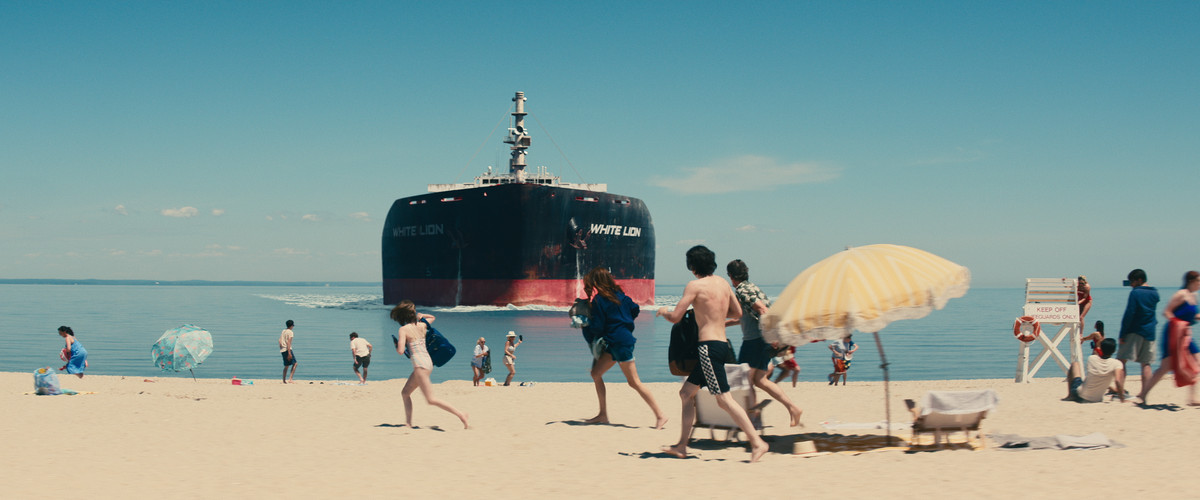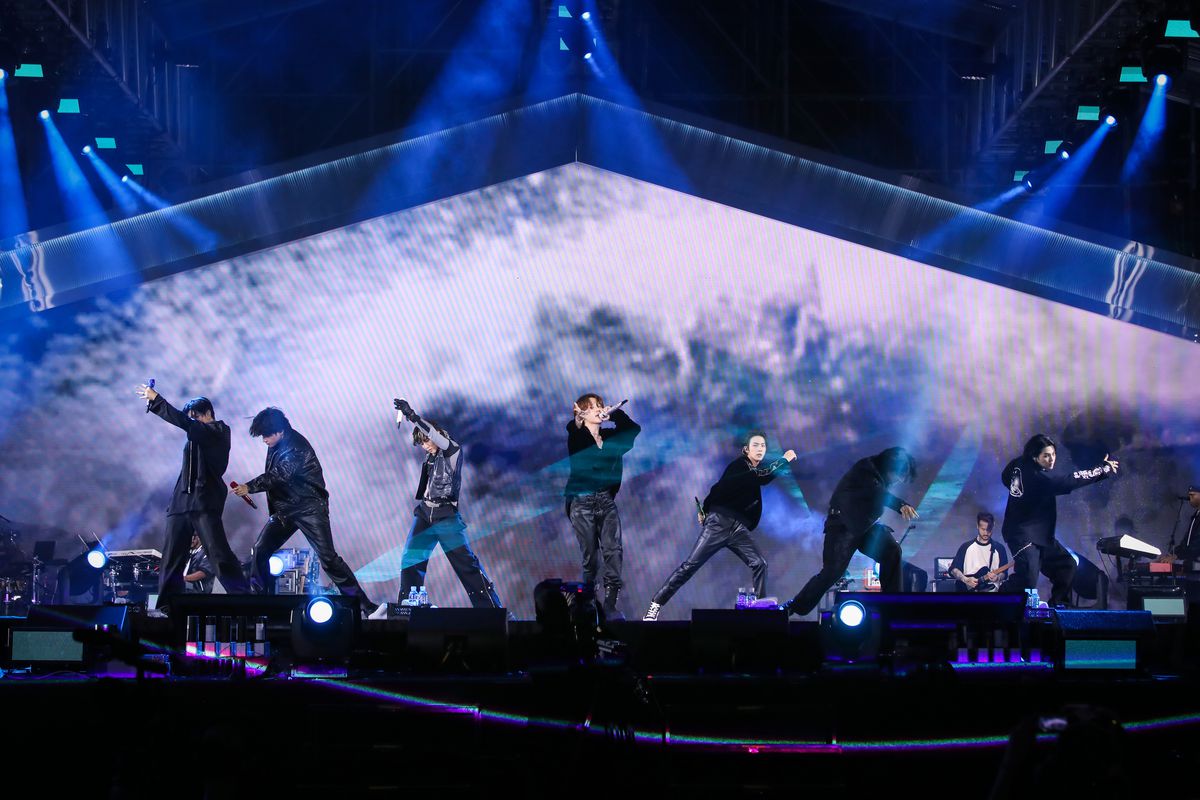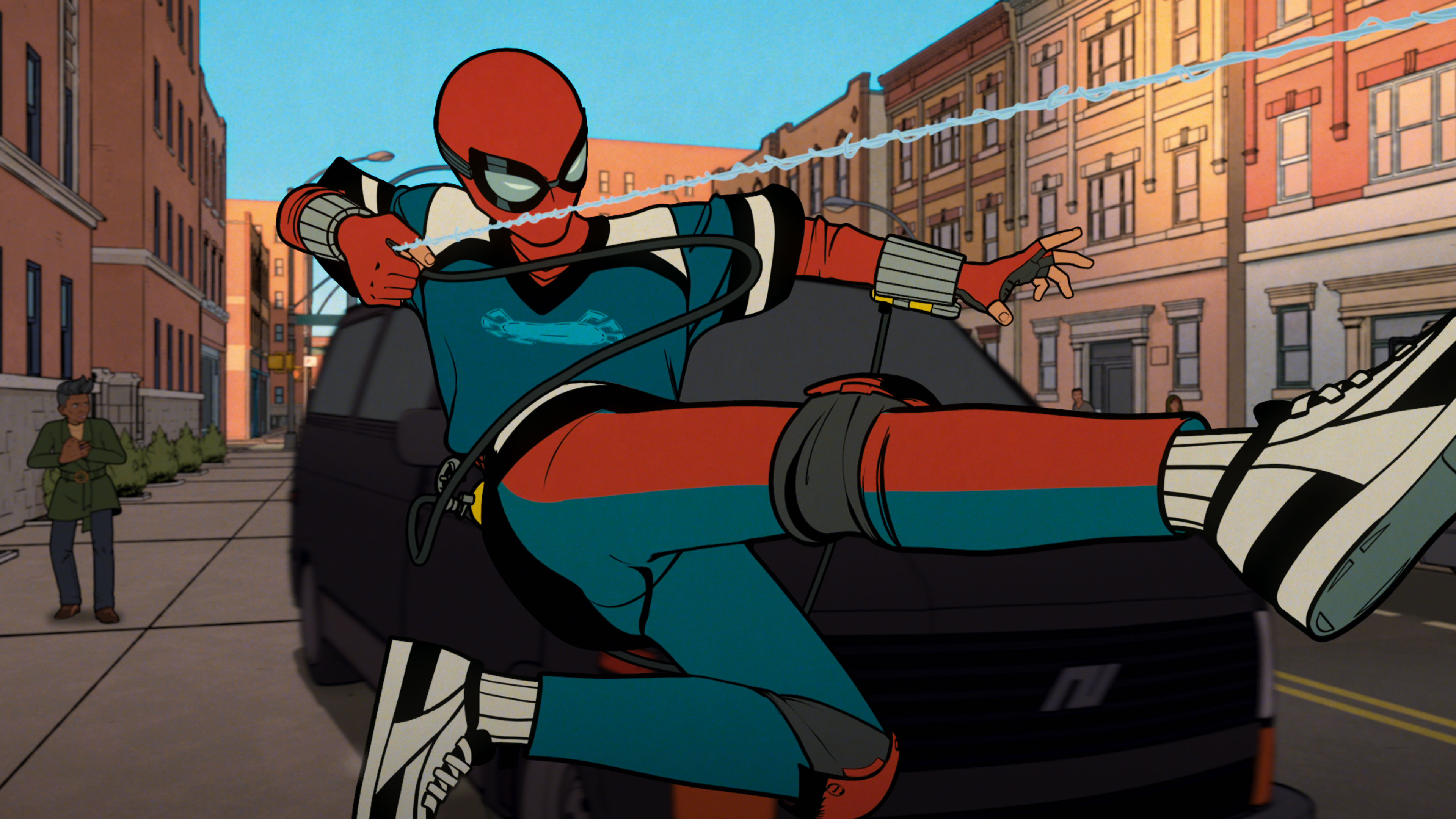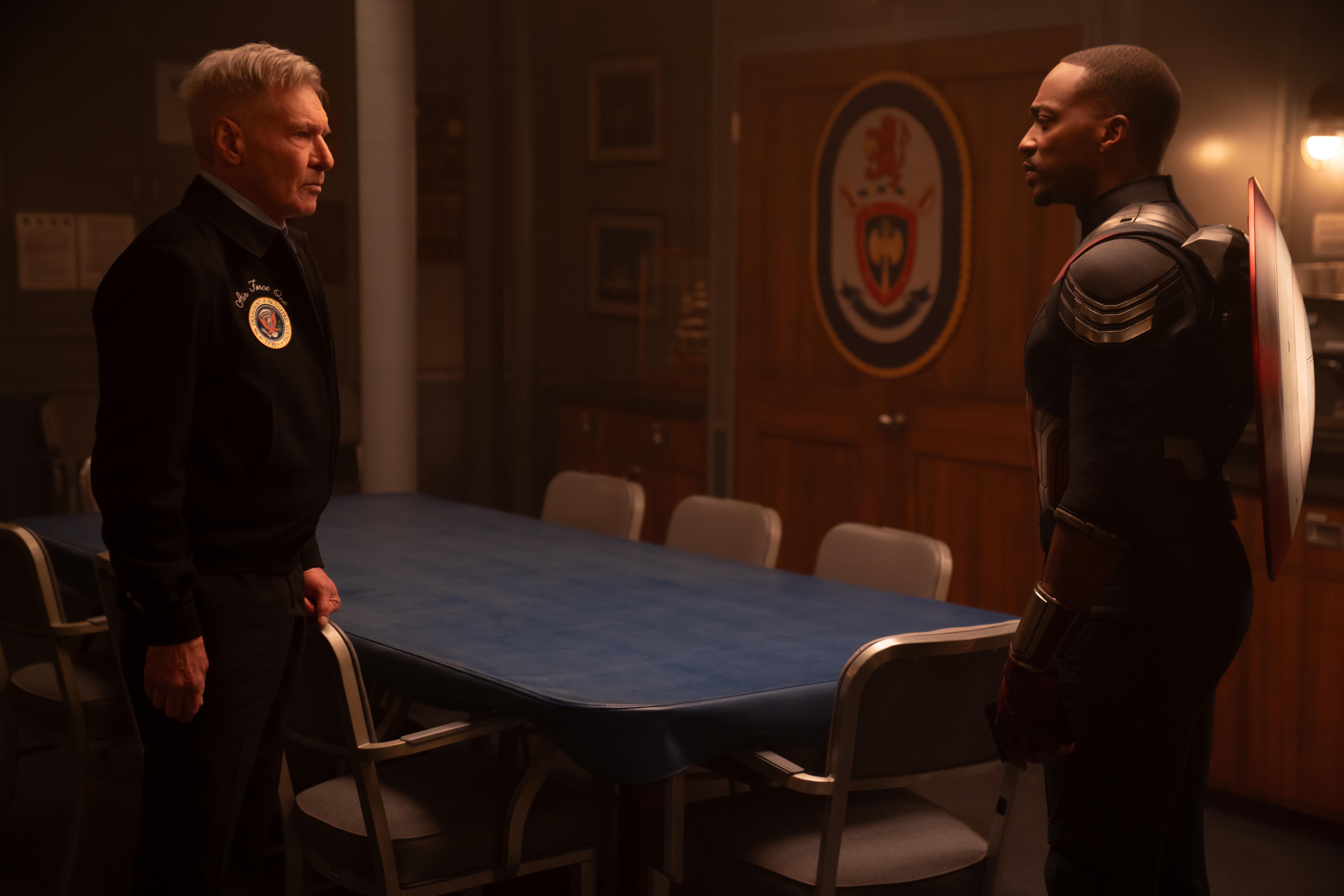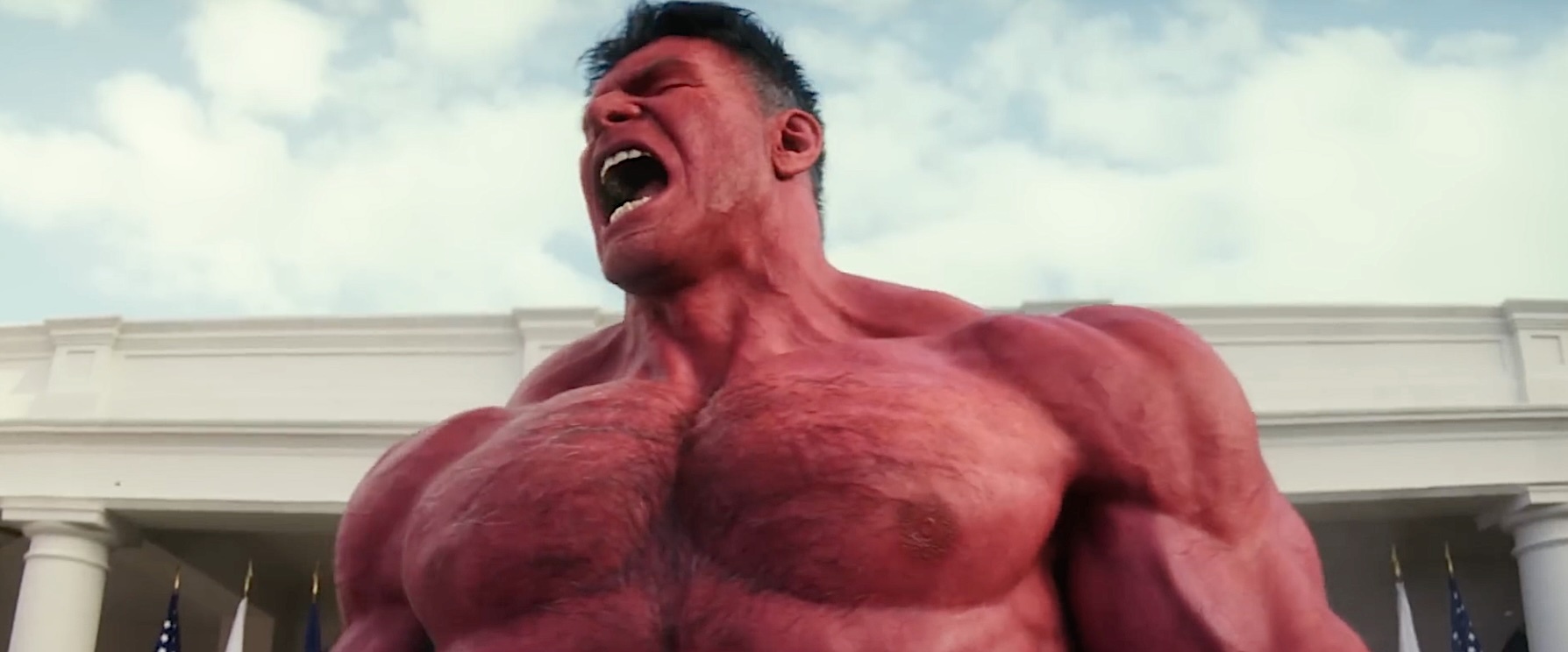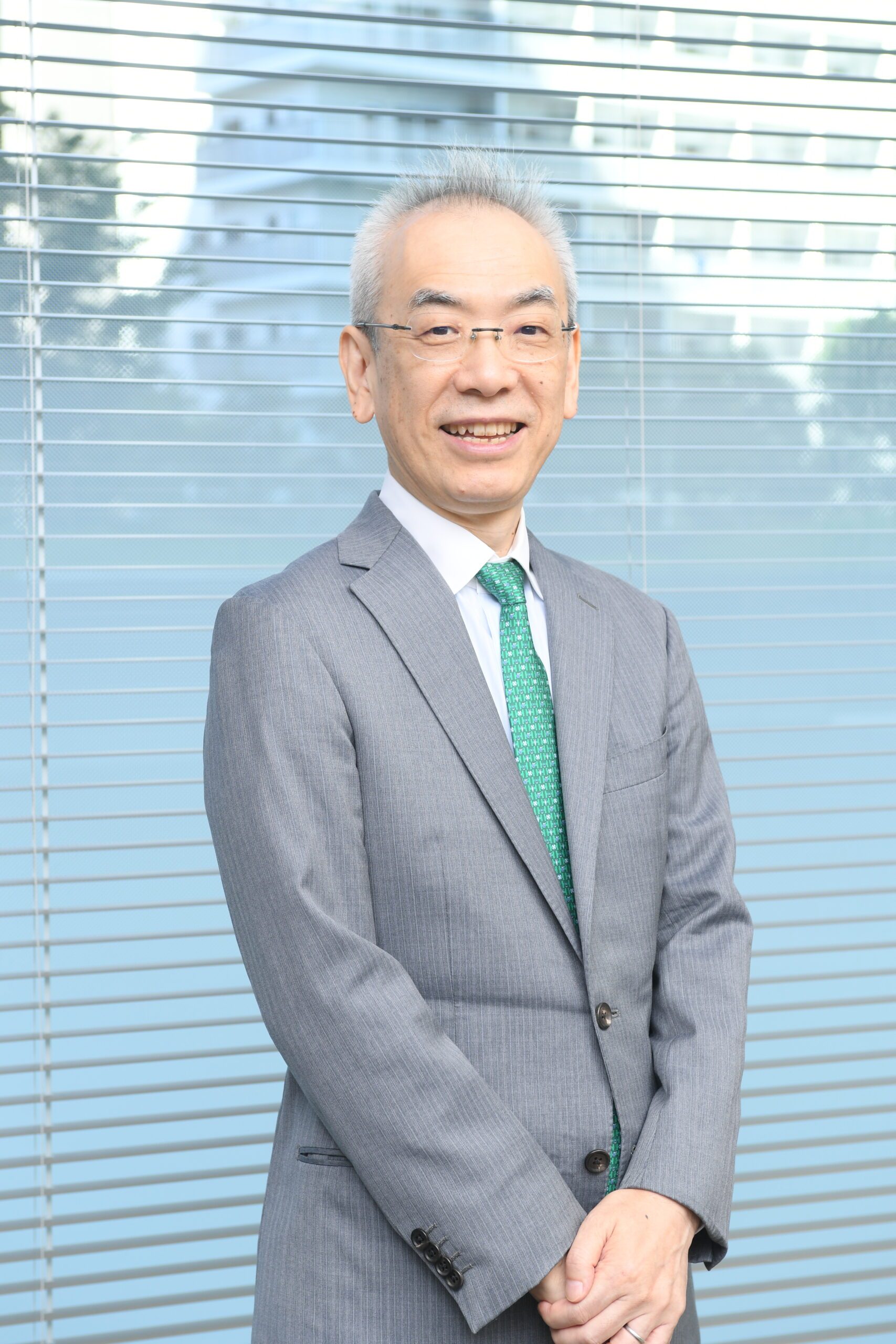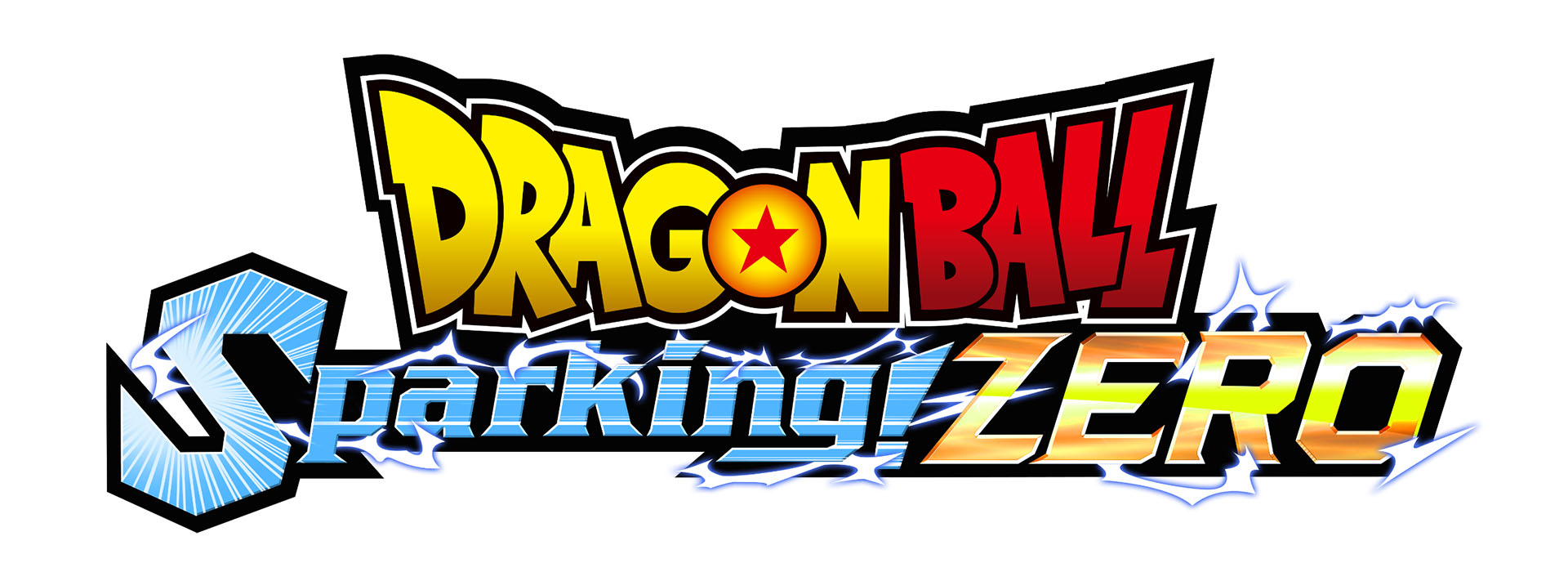The five years since Spider-Man: Into the Spider-Verse, animation has seen an explosion of American animation studios experimenting with style, some specifically inspired by Spider-Verse’s look, and others from animators taking the film’s success as an opportunity to try their own bold stylistic directions. Jennifer Lee, Disney animation chief creative officer and the co-director of Frozen and Frozen II, is crystal clear about being in the latter category. Speaking to Polygon at a Los Angeles preview for Disney’s upcoming movie Wish, which she co-wrote and executive produced, she said she isn’t simply following Spidey’s web-swinging path.
“We’ve all been working together as an industry,” Lee, tells Polygon. “We know what people are doing and feed off of each other, so it was more just this understanding that we’ve all been aspiring toward [these stylistic experimentations] at the right time in the right way.”
An original fairy tale planned as Disney animation’s 100th anniversary film, Wish innovates by merging a digital version of the studio’s old-school 2D watercolor style with the CG 3D look that has dominated the medium since Toy Story. The film uses in-house technology called Meander, which helped create shorts like 2012’s Oscar-winning Paperman.
But in order to make a full feature in that mode for the first time, the creative team needed to test their technological merger against the historical backdrop of Disney hand-drawn animation — in one such instance, by scanning a piece of 1940 Pinocchio concept art by Disney legend Gustaf Tenggren and inserting their CG main character, Asha (Ariana DeBose), into that space to walk around.
“[We needed to see] what she would look like with that background, what kind of line you would put around her to make her fit with that background, [check the] colors,” explains Chris Buck, co-director of Frozen and Wish. “So more than technical things, just trying to see what we would do to make a CG character look like it fit in that environment.”
But that test was just the start. “I think I did say, ‘OK, that’s one big, beautiful, epic shot,’” Lee recalls. “‘Can we do a whole movie?’”
:no_upscale()/cdn.vox-cdn.com/uploads/chorus_asset/file/24992885/PinocchioConceptArt.jpeg)
:no_upscale()/cdn.vox-cdn.com/uploads/chorus_asset/file/24992884/Wish_Visual_Development_Hamlets_On_Hillside_01_V02_by_Brian_Woods.jpg)
Pinocchio continued to prove essential in that endeavor. Another test involved the camera navigating through the towers of Wish’s fictional Kingdom of Rosas to find Asha in the streets. “That test was inspired by the iconic multiplane camera shot of Pinocchio that starts in the bell tower,” says producer Juan Pablo Reyes Lancaster Jones.
The multiplane camera was used to approximate a sense of depth in animation by moving multiple drawings across the camera’s view while the camera is also moving. “You had many layers of the background and cels and everything, and the camera would move down and you’d have to move these layers out as you’re moving down,” Buck explains. “It was very, very complicated.”
That test, which inspired them to call the relevant region of the Wish kingdom “Pinocchio Plaza,” was the moment where it all clicked for Wish co-director Fawn Veerasunthorn. “When we saw that in the theater for the first time, I did say out loud, ‘Holy crap,’ or something like that,” she laughs. “It doesn’t look CG, even though the camera move was in 3D space, because the way they moved the background around in the multiplane, it wasn’t elegant.”
:no_upscale()/cdn.vox-cdn.com/uploads/chorus_asset/file/24992934/SM_Visual_Development_Asha_Valentino_Star.jpg)
To Lee, the journey of Wish wasn’t just overcoming inelegance or simply honoring Disney’s animation history. It was about finding a harmony between the studio’s past and the present that the rapid technological developments in animation essentially skipped over.
“CG allowed so many things to change so that [other] things became possible, but for a while, there was a loss in translation from that original art, at least,” Lee says. “In a beautiful way, what they were able to do with that test is not just show how we could connect with Pinocchio’s legacy, but also the way we’re able to be more immersed because of the new technology. It had an even more emotional response, because it was like we were being transported into it. So we were seeing the two hopes collide in the best way.”
Wish started development in 2018, but while Lee says it wasn’t a response to Spider-Verse, she certainly hopes it will live in concert with that movie. “If anything, what I’m loving right now is we’re seeing new boundaries being broken, not toward realism, but toward even more transcendent art.”
Wish will be released in theaters on Nov. 22.
